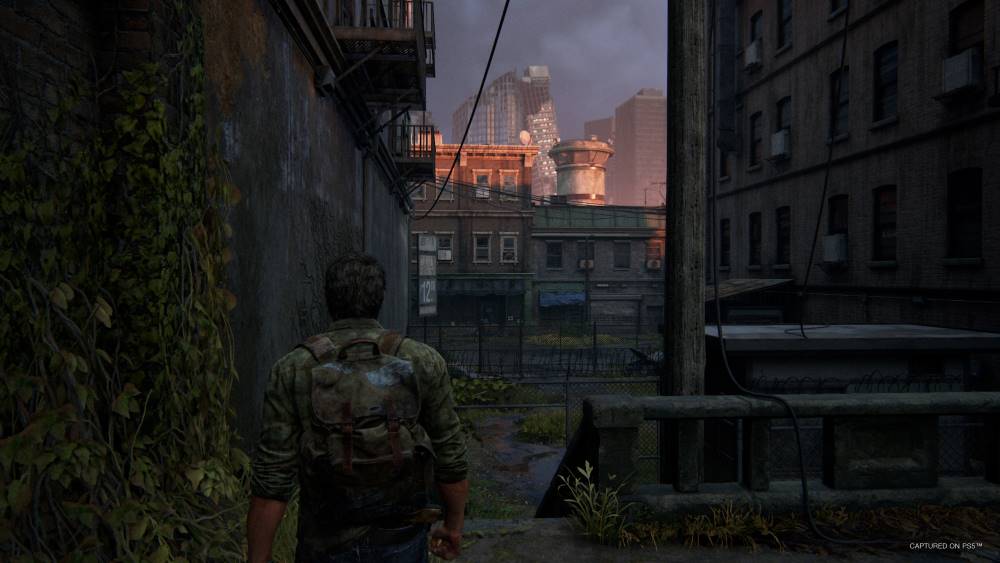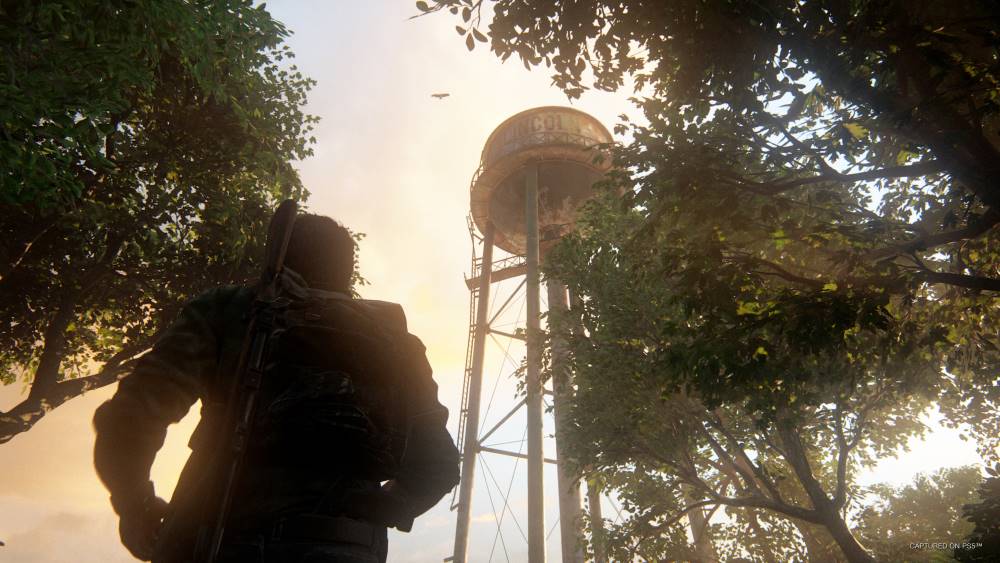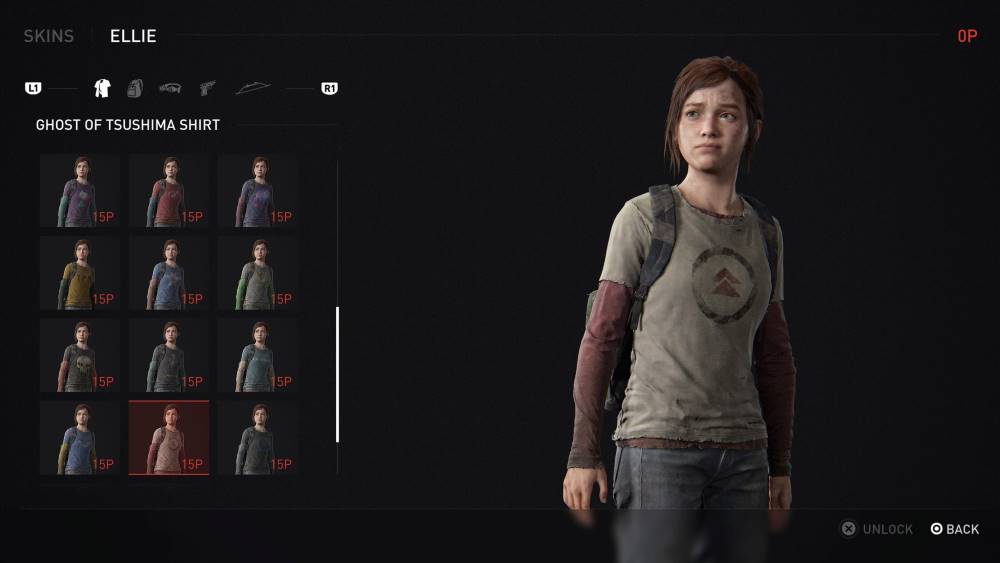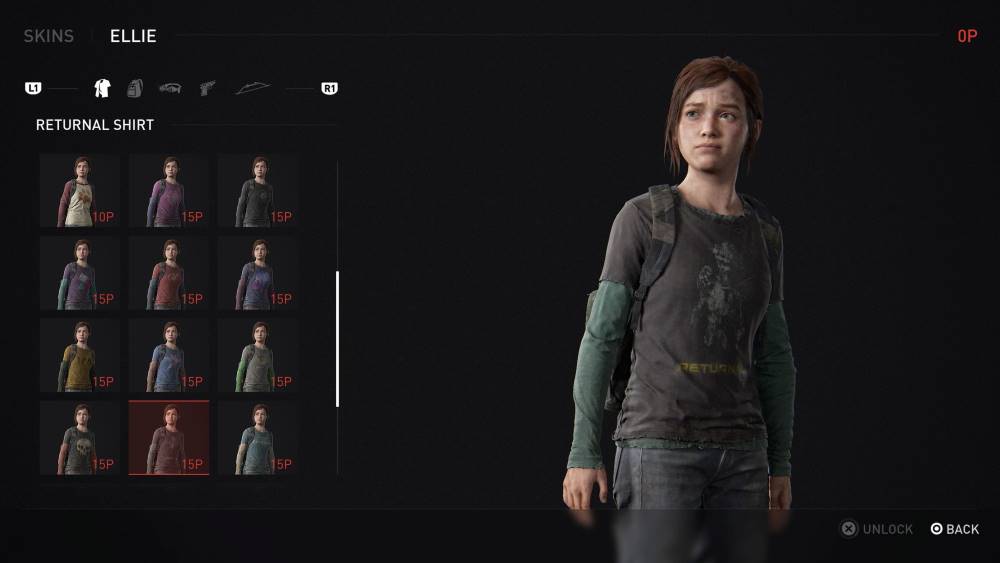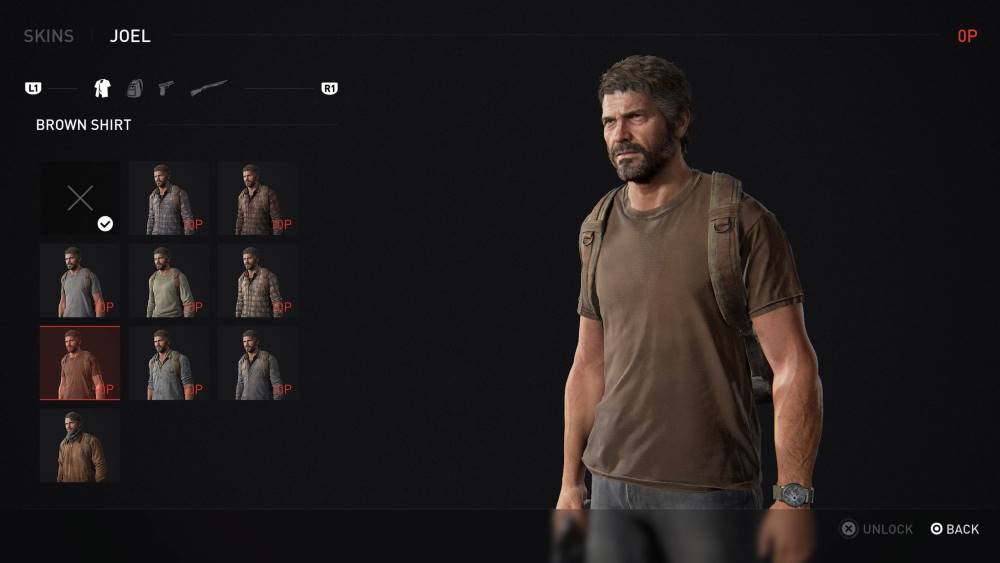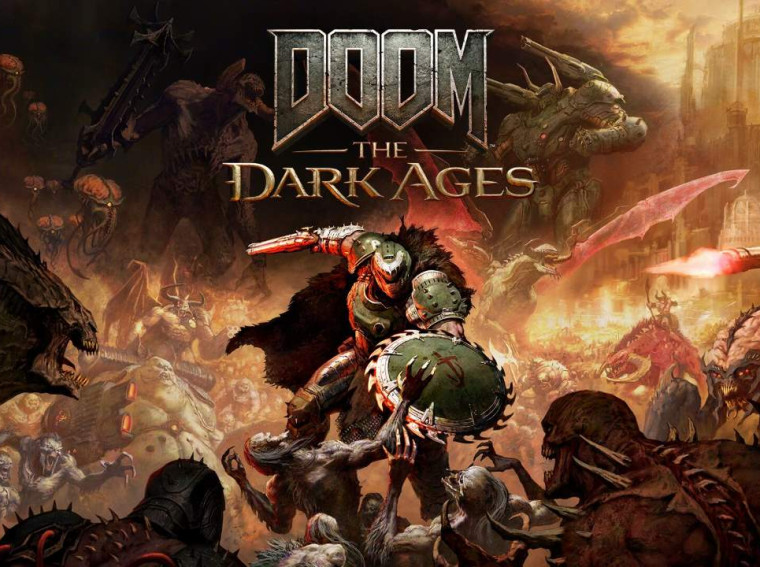The Last of Us Part I Review – A Pricey yet Essential Experience
The Last of Us Part I Review
It’s been a little over 9 years since The Last of Us was released for the PS3. The game went on to win multiple awards, receiving critical acclaim and eventually being recognized as one of the greatest games of all time by players and critics alike.
A remaster was released for the PS4 just a year later, taking advantage of the more powerful hardware. Fast forward to 2022 and we get another installment, but this time a full “built from the ground up” remake in the form of The Last of Us Part I.
The big question on everyone’s mind is whether The Last of Us actually needed a remake. The term “cash grab” is being tossed around heavily due to Sony charging it as a full-priced release despite having fewer features and a remaster less than 10 years ago.
The game means different things to different people, but whatever the ongoing conversations may be about its cost or intent, the upgrades brought about by the PS5 make The Last of Us Part I a pricey yet essential experience.
Endure and Survive
20 years after an outbreak that renders the populace in shambles, Joel takes on the task of escorting Ellie across the country to a resistance group called the Fireflies, who may hold the key to saving humanity. The Last of Us is a story of hope and love, where both Joel and Ellie form an unbreakable bond throughout their journey that will see both of them through the ordeal.
The main draw of story-driven games is how they can keep players engaged with their plot and characters, and The Last of Us Part I stands triumphant on this front with flying colors. Players will be kept glued throughout its well-paced 15-hour campaign that will take Joel and Ellie through rich and varied environments and tension-filled encounters.



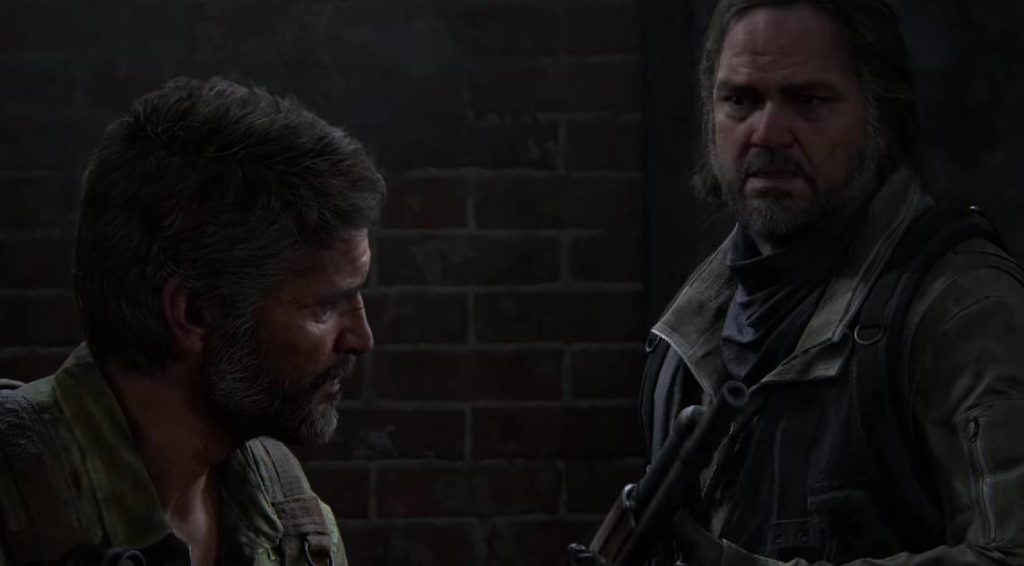
The Last of Us Part I succeeds in giving its cast multiple layers of depth. Players will be controlling Joel for the most part, and thus rooting for him to finish the mission, but there is an inherent irony because of his dark past and his extreme methods. Is he really the hero/good guy that he’s made out to be?
Joel is perfectly juxtaposed against Ellie, a brave young girl who gives Joel a sense of humanity and seems to hold the key to ending the suffering. They will be tested, and just like how God of War focuses on a father-son relationship, The Last of Us Part I builds on this father-daughter-like relationship that’s at the center of the whole game.
Over the course of the game, you’ll see their relationship evolve. Players will eventually notice a more talkative Joel or a more caring Ellie, and the essence of the game revolves around their interactions, which is a joy to watch unfold.

This remake brings obvious improvements, with the biggest one being the overhauled visuals, whether in Resolution or Performance mode. The Last of Us Part I does not only look better, but it also feels better thanks to the small animations and details that bring the game closer to Naughty Dog’s original vision without the technical constraints of the PS3.
The world of The Last of Us Part I is richer, with dense levels filled with particles and objects left and right that make it feel alive despite the post-apocalyptic setting. There is an abundance of detail everywhere, and players will be able to pick up notes and memos that further convey the hopelessness of the world and its inhabitants.
Performances are also more believable this time around, and you’ll see greater nuance in the actions and emotions of the whole cast – a quick look that conveys uneasiness or even a slight smirk means so much more thanks to the superb motion capture and voice acting from Troy Baker (Joel) and Ashley Johnson (Ellie).
Every scene and line hits harder than before, and we will neither confirm nor deny that some tears may have been shed during certain events. Everything is just more effective this time around, and the overall visual upgrade definitely adds to the experience that makes The Last of Us Part I a highly emotional journey.
Them or Us
Gameplay can be summed up in 3 aspects: Stealth, Gunplay, and Crafting. All three features do not reinvent the wheel but are polished enough to elevate the experience.
In particular, stealth is extremely satisfying in The Last of Us Part I. There’s a rush of adrenaline when you clear a combat encounter flawlessly without having to pull shots, both against humans and infected.
To survive, you’ll have to craft various weapons and kits from the materials that are scattered across the levels. These are scarce and will test the resource management sense of the players, especially at higher difficulties.

Gunplay feels very deliberate in The Last of Us Part I. While you can approach a combat encounter with guns blazing, you’ll also need to consider that ammo cannot be crafted, making choices much more crucial.
This remake brings it in line with Part II, especially with additions like the improved AI and the workbench upgrades, but certain features like prone, dodging, and hiding under objects are not present.
Naughty Dog has been flaunting its improved buddy system and future exposure features that make movement in encounters more believable, basically giving your companions a smarter sense of where enemies are to anticipate and avoid being seen. While it works, there are still some instances where they still literally run in front of approaching hunters.

Similar to The Last of Us Part II, Part I takes on an impressive suite of accessibility options. The number of toggles one can switch on or off is astounding, covering a wide range of gameplay aspects like traversal, audio, display, combat, and much more.
In particular, we truly enjoyed the Speech to Vibrations option, which is described as how “spoken dialogue is also played through the DualSense wireless controller as vibrations, allowing the player to feel how the line is delivered.”
For more dramatic scenes, lines delivered are felt through stronger haptic vibrations compared to calmer dialogue. It sounds like a feature that can be easily overlooked, but it was something that I thoroughly appreciated and loved during my time with the game.
Another standout feature of the game is its use of 3D audio, which works very well with how combat is designed. As Joel, players can choose to use Listen Mode to make out the whereabouts of enemies through walls. 3D audio further enhances this, sometimes even replacing it outright, as you can hear Clickers and Runners approaching even before seeing them. Trust us, good headphones are definitely a must.
The Last of Us Part I closes out this package with a gallery that allows players to unlock character models and further appreciate all of the artwork in the game, even adding some new customization options like giving Ellie some new shirts from God of War and Ghost of Tsushima.
Despite the lack of a multiplayer mode, Naughty Dog doubles down on the single-player experience and gives players the Left Behind DLC, permadeath, and a speedrun mode to tinker with. In no way does this replace Factions, but they’re welcome additions nonetheless.
Cutting to the Chase
Let’s circle back to the big bloater in the room – is it worth $70?
Taken in a vacuum, there is very little wrong with The Last of Us Part I. This is a masterpiece made even better and offers a stellar experience. You’ll get to relive the events prior to Part II and see the evolution of Joel and Ellie’s characters across the full timeline, which will make you want to continue playing until the second game.
Reviewing it on its own is quite tricky though, considering the ongoing discussions around it.

By now, who hasn’t played The Last of Us? Most people who own a PlayStation will have played it already, one way or the other. Will this remake be enough reason to play it again?
At this point, it’s really a matter of preference. If you’ve played the game before, you can turn around, look away, and still enjoy the memory of the PS4 remastered version. In fact, it would be a smart move to wait for a sale if the improvements really intrigue you. However, newcomers will find this to be the very best version of the game to play despite the lack of a multiplayer mode, making it a tempting proposition.
Expensive? No doubt about it. Worth the $70? Arguable. Good game? One of the best.
What We Liked:
- Visual upgrades greatly improve tension and drama
- Astounding suite of accessibility options
- Superb 3D audio implementation
- Top-notch story and performances from the cast
What We Didn’t Like:
- Expensive
- Lack of multiplayer
- Essentially the same game
Verdict: Buy it!

It bears repeating that The Last of Us Part I is an absolute masterpiece. However, there are no two ways about it; the $70 price tag will be an extremely sore point for those who have already played previous versions, especially without multiplayer. Despite this, the quality and experience brought about by a Naughty Dog release are simply unmatched.
The visual upgrades are truly noteworthy, upping the drama of each scene and doing wonders for an already stellar script. From the heart-wrenching opening scene with Sarah to the many tense conversations between Joel and Ellie, each line delivered hits harder, making for an emotional playthrough.
The suite of accessibility options also opens the game up to a much wider audience. Not content with just copying from The Last of Us Part II, Naughty Dog has also improved on it by adding options like allowing the players to feel the delivery of the lines delivered through haptic feedback.
The Last of Us Part I holds up extremely well, even years after its release, which is really a testament to its excellence. One could even argue that accessibility alone is reason enough to put out this new version.
Whether or not the game is worth the price tag will be a tricky argument that will persist long after its launch, but The Last of Us Part I is an exceptional title and is the best version of a classic that will be enjoyed by a whole new generation of players for years to come.
*The Last of Us Part I was reviewed on a PS5 with a review code provided by the publisher.

